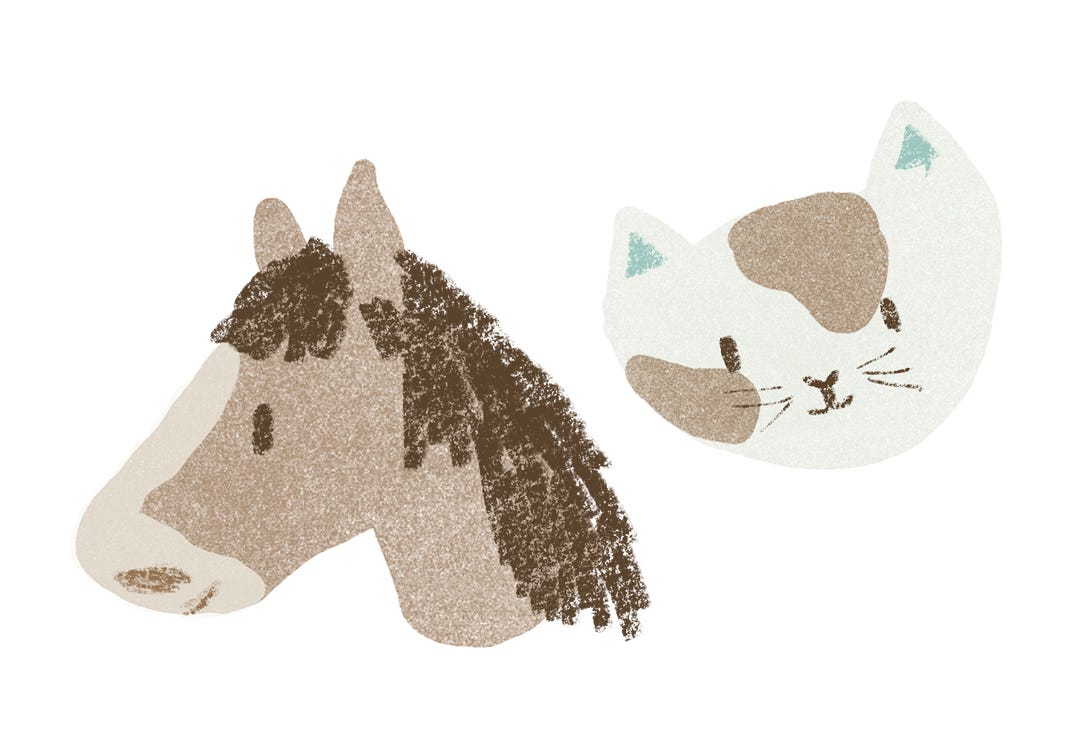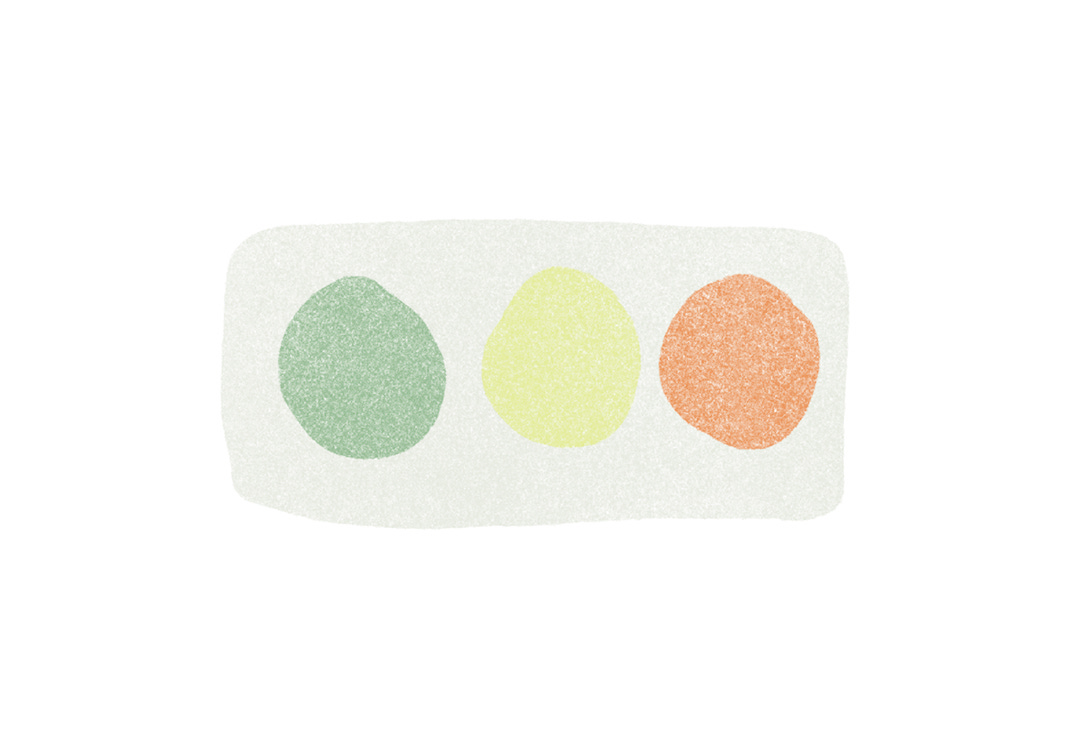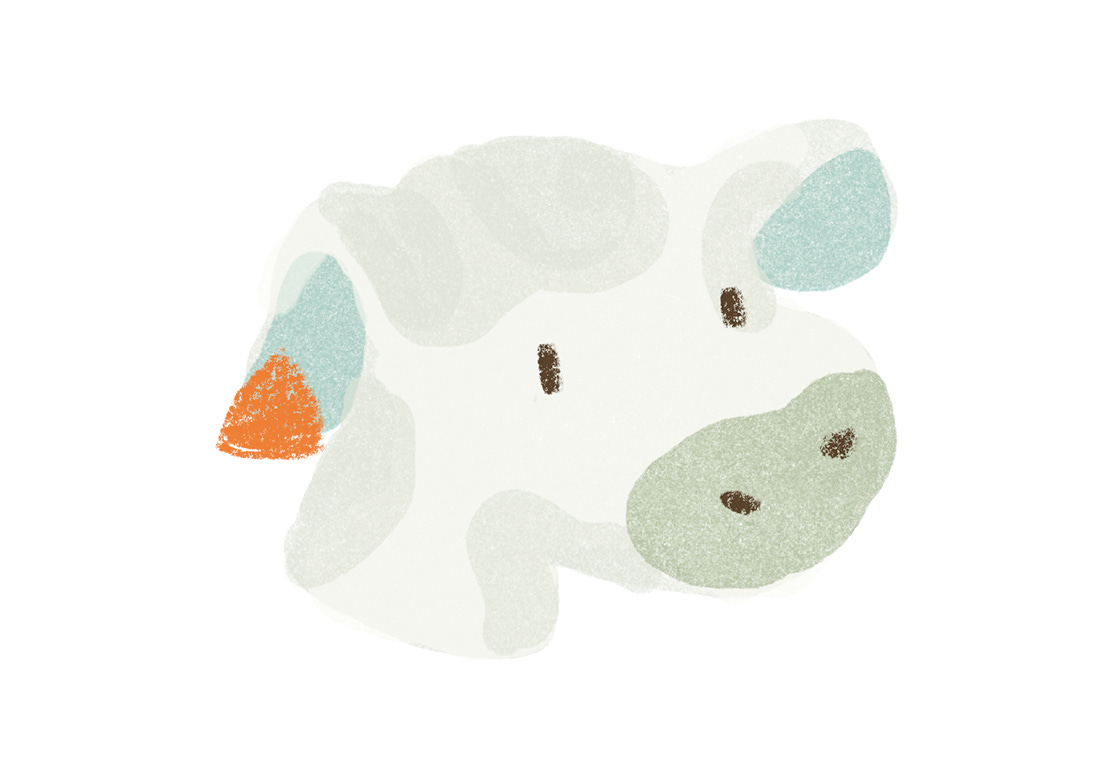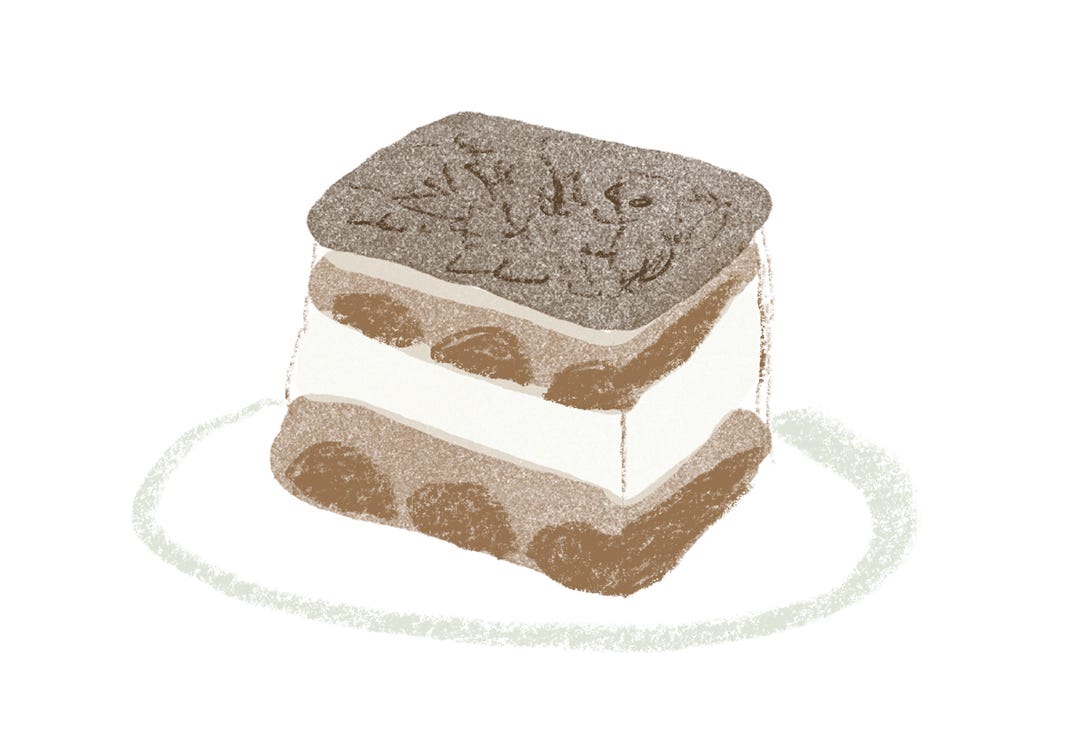Will eating Tiramisu at night keep me up?
This, and other questions & answers for your curious inner child.
If you’re new to this newsletter, this is my just-for-fun segment each month that is essentially: “What I Googled This Month”. The intention is to bring some levity to your inbox and who knows- maybe you can parade some new fun facts at your next gathering.
You can read a brief blurb about my insatiable thirst for random facts here.
Please note: I am not an expert and this is truly just for fun. I don’t personally stand behind any of the sources. If you’d like to learn more or fact check, feel free to do some googling on your own as well and let me know what you find!
What I learned:
For horses, the equation isn’t quite as straight forward as dog years, but it’s something like:
6.5 human years for each horse year from birth up to age 4
2.5 human years for each horse year starting at age 4 (Source)
You can also reference the trusty graphic below:
🐱 As for cat years:
The first year of your cat’s life is considered the equivalent of 15 human years. The second year adds nine more human years, so 2 cat years are approximately 24 human years. After this, each additional human year is four “cat years” i.e., age 3 will be 28 human years. (Source)
What I learned: A few potential reasons:
Greater clearance for large trucks
Budget—> as vertical-hanging traffic lights need more clearance aka taller poles
Visibility depending on what might be obstructing the view (overpasses, etc)
High wind areas for more stability
Why I googled:
We stopped at a dairy farm on the way home from a trip last month and the babies were just SO cute. 😭 I figured the female cows would one day become milk producers but realized I never really thought about what happens when a male cow is born.
What I learned:
I don’t know what I was expecting but I’m afraid there is no cow fraternity that the Bobby cow joins. (I’m sure those of you who are less city mouse than I are not surprised.)
Male calves are raised for meat production and are typically processed as follows: 61% are processed as veal before 8 months of age, 12% are processed as young cattle before 24 months, and 6% are processed as beef at 30 to 36 months of age[10]. They are usually transferred from their birth farm to specialized fattening farms at approximately 3 weeks of age. (Source)
Why I googled: I LOVE Tiramisu, and I’m fairly sensitive to caffeine any time after 12PM so when presented with a tiramisu dessert opportunity, I whipped out google for advice.
What I learned: Considering the word literally means “pick me up” , it’s safe to say that yes, there is definitely caffeine in a traditional tiramisu.
The amount definitely varies depending on recipe (how strong the espresso is, how long the ladyfingers soak for), and the numbers on the internet seem to range— anywhere from 200mg of caffeine per full tiramisu dessert (source) to about 50mg per serving (source) to about half a shot of espresso aka 100mg (source).
For reference, a cup of earl grey tea has about 40-70mg of caffeine (source) and a cup of matcha has about 68mg of caffeine (source).











